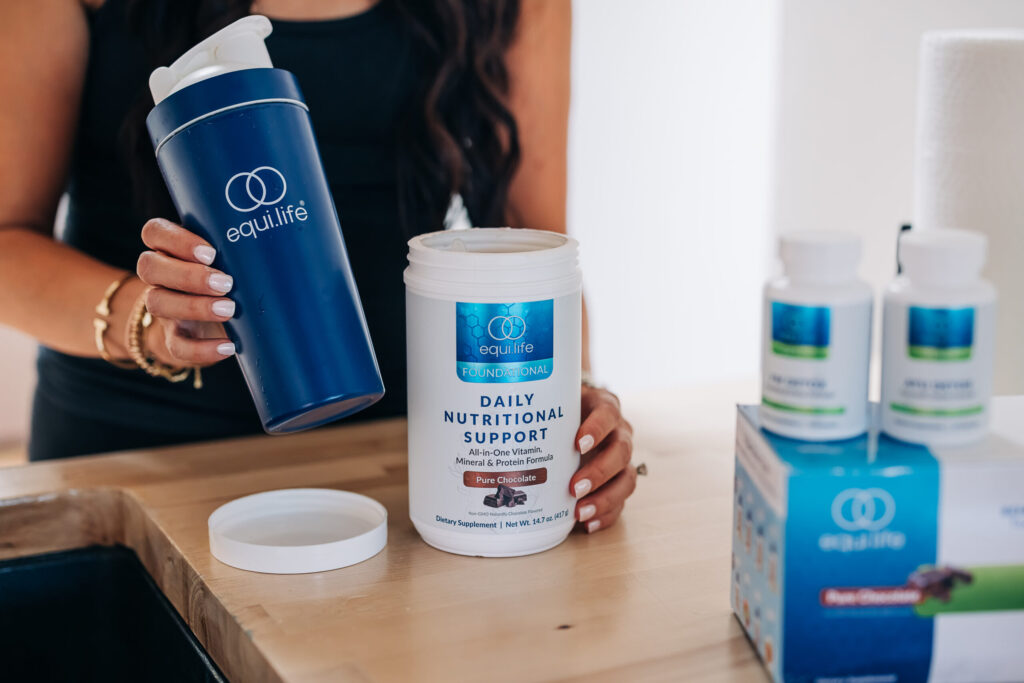Sharing some of my favorite gift ideas for fitness and wellness enthusaists, biohackers, and *scrunchy* friends (or even yourself!) this holiday season.
Hi friends! How are you? I hope that you’re having an amazing week so far. It’s a quick week that ends with shopping and pie – we’ve got this!!
It’s been a busy one over here. Monday night was Liv’s confirmation, so we celebrated with dinner and crazy milkshakes afterwards. The Pilot was on a trip, but I’m excited that he’ll be here for Thanksgiving. What do you have planned? We’re going to my uncle’s as usual, and then heading to Trevor and Danielle’s for a bit.
For today’s post, I wanted to share a roundup of my favorite wellness, fitness, and biohacking gifts! This is a perfect gift for your *scrunchy* friends… or even yourself. Let’s be real; the best sales of the year happen this weekend, so it’s the perfect time to stock up on wellness essentials, especially if you have health-related goals as we head into the new year.
It’s also worth mentioning here that a lot of the things on this list are nice/fun to have, but not essential. The most important health tools are free, like sunshine, stress management, connection, movement, and solid nutrition.

If you have an favorite wellness purchases from the year, please feel free to link in the comments below!
More of this year’s gift guides:
For Her
For Him
For the Kids
For Tweens
Everything is linked on my ShopMy for easy access and this page has a roundup of some of my top picks, too.
Holiday Gift Guide for Wellness, Fitness, and Biohacking
Home and kitchen:
Air Doctor. Clean air makes such a huge difference, especially during this time of the year with allergies and colds floating around.
Nontoxic pots and pans. We love Caraway and OurPlace. Each year on Black Friday, I usually treat myself to a new OurPlace pot or pan. Their air fryer is so cute, too!
Water filter. Read more